14 Proven Health Benefits Of Red Grapes + Nutritional Value
This tiny nutrient-rich fruit can help you manage many significant health conditions.

Image: Shutterstock
While you might enjoy your red wine a little too often, have you ever wondered about how it is made? Well, apart from being the key ingredient of your favorite red wine, red grapes benefits are significant in a couple of other ways! With more than 200 varieties all around the world, red grapes are known to contain fewer calories than their green counterparts! Enriched with vitamin C, and important minerals like potassium, calcium, folate, phosphorus, magnesium, and iron, red grapes are a natural source of many health-benefiting nutrients! While you may mostly be aware of its popular culinary uses, red grapes are beneficial to your skin, hair, and overall health as well! So read on to know more about its uses and explore the answer to the popular question: Are red grapes good for you?
 Know Your Ingredient: Red Grape
Know Your Ingredient: Red GrapeWhat Is It?
A round, red, soft, berry-like fruit that grows in clusters and has a sweet and sour taste.
What Are Its Benefits?
It slows down signs of skin aging, boosts immunity, aids weight loss, and reduces the risk of cancer.
Who Can Consume It?
Anybody can consume these grapes except people on medications broken down by the liver.
How Often?
You can consume 1 to 2 cups of red grapes daily.
Caution
Overconsumption may cause rashes, diarrhea, stomach upset, headache, and nausea.
In This Article
Benefits Of Red Grapes
Julianna Coughlin, RD, LDN, says “Red grapes contain antioxidants and fiber and are very healthy.” Nevertheless, they can be a great supplement to your diet and offer several health advantages. Let us look at the top 14 red grapes benefits of this wonderful gift of nature:
1. Anti-Aging Properties
The skin and seeds of red grapes contain Resveratrol that controls the aging process (1). Resveratrol is a strong antioxidant that helps to maintain the health of the skin (2).
2. Antibacterial Activity
Red grapes possess antibacterial and antiviral properties (3). Thus, they protect you from many infections. The antiviral properties are also useful to fight against the polio virus and herpes simplex virus.
3. Boosts Skin Health

Grapes and their seeds contain good amounts of vitamin C (4). These help protect the skin from pollution and toxin damage and also aid in the repair of collagen (5).
4. Prevents Kidney Disorders
Red grapes are useful for reducing uric acid. These help to eliminate the acid from the system and reduce the work pressure of the kidneys (6).
5. Manages Alzheimer’s Disease
When it comes to brain function, the health benefits of grapes are numerous. Resveratrol, a vital constituent of red wines, is useful to treat Alzheimer’s disease (7). Red grapes are also useful to fight against neurodegenerative diseasesi Conditions characterized by progressive damage of the cells of the nervous system, like Alzheimer's or Parkinson's. .
6. Improves Eyesight

Consuming good amount of grapes helps to lower down the inflammatory protein levels and increases the amount of protective proteins in the retina (8). Due to the higher antioxidant levels in the grapes, It helps to counter the oxidative stressi Imbalance between the accumulation of oxygen free radicals and the ability of antioxidants to detoxify them, leading to cell damage. as well.
7. Help Treat Allergies
Red grapes contain the flavonoid known as quercetin (9). This gives an antihistaminei Agents that block the effects of histamine and help relieve allergy symptoms like colds, sneezing, rashes etc. effect along with an antioxidant effect. Hence, this is useful to treat many allergies (10).
 Trivia
Trivia8. Improves Heart Health
Flavonoids and resveratrol in red grapes are known for their heart disease prevention properties (11). The incidence of heart disease in France is the lowest due to the consumption of red wine and red wine grapes. Grape juice and wine made from these contain antioxidants, such as polyphenols, flavonoids, and resveratrol. As a result, grape juice benefits include minimizing the risk of high cholesterol, high blood pressure, blood clots, and heart-related diseases, in turn boosting cardiovascular health.
9. Improves Brain Power

Resveratrol increases the blood flow to your brain by 200%. Resveratrol thus helps to speed your mental responses and enhances your memory, and brain function (12).
10. Reduces The Risk Of Cancer
Resveratrol has shown a positive effect on controlling cancer, and it also protects your skin from the harmful UVB rays of the sun. Thus, it helps to guard against hazardous skin cancer. Red grapes also protect the body from radiation during the treatment of cancer (13).
11. Improves Immunity
One of the best benefits of red grapes. Red grapes are the best natural way to boost your body’s immune system (14).
12. Aids Weight Loss

Red grapes are the richest source of saponins found in the outer skin. It helps to accumulate cholesterol and stops it from being absorbed in the blood. This helps to prevent obesity and heart diseases. However, further research is regarded to support this claim. Mary Sabat, RD, LD, says, “Grapes are also a natural source of fiber and can help to cleanse the body. However, there is no scientific evidence that red grapes specifically cleanse the body or burn belly fat. In fact, grapes can be high in sugar, so limiting them to a portion, once a day, would be wise if one wishes to lose weight.”
One study found that polyphenols present in red grapes may help reduce body weight in rodents (15).
13. Manages Asthma
Red grapes have eminent therapeutic values that can treat asthma. The assimilatory power of grapes is high, which increases the moisture in the lungs, which, in turn, treat asthma (16).
14. Prevents Cataract
Flavonoids in red grapes contain antioxidants that can lower and fight off free radicals to prevent cataracts. It improves eye health (17).
So are red grapes healthy? Read on for a detailed guide to its nutritional value.
Key Takeaways
- Red grapes help to lower cholesterol and blood pressure.
- It helps to improve brain health by speeding mental response and ability.
- Resveratrol in red grapes may help improve brain health and reduce the risk of cancer.
- Red grapes have vitamins C and A that help improve skin health and delay aging.
Red Grapes Nutrition Facts
Grapes, red or green (European type, Thompson seedless), Nutritive Value per 100 g, ORAC Value 3,277
| Principle | Nutrient Value | Percentage of RDA |
|---|---|---|
| Energy | 69 Kcal | 3.5% |
| Carbohydrates | 18 g | 14% |
| Protein | 0.72 g | 1% |
| Total Fat | 0.16 g | 0.5% |
| Cholesterol | 0 mg | 0% |
| Dietary Fiber | 0.9 g | 2% |
| Vitamins | ||
| Folates | 2 µg | 0.5% |
| Niacin | 0.188 mg | 1% |
| Pantothenic acid | 0.050 mg | 1% |
| Pyridoxine | 0.086 mg | 7.5% |
| Riboflavin | 0.070 mg | 5% |
| Thiamin | 0.069 mg | 6% |
| Vitamin A | 66 IU | 3% |
| Vitamin C | 10.8 mg | 18% |
| Vitamin E | 0.19 mg | 1% |
| Vitamin K | 14.6 µg | 12% |
| Electrolytes | ||
| Sodium | 0% | 1 mg |
| Potassium | 191 mg | 4% |
| Minerals | ||
| Calcium | 10 mg | 1% |
| Copper | 0.127 mg | 14% |
| Iron | 0.36 mg | 4.5% |
| Magnesium | 7 mg | 2% |
| Manganese | 0.071 mg | 3% |
| Zinc | 0.07 mg | 0.5% |
| Phyto-nutrients | ||
| Carotene-α | 1 µg | — |
| Carotene-ß | 39 µg | — |
| Crypto-xanthin-ß | 0 µg | — |
| Lutein-zeaxanthin | 72 µg | — |
*Source: USDA National Nutrient data base
Grapes also come in various other varieties. Let us compare them with the red grapes below.
Comparative Benefits Of Different Grape Varieties
Grapes come in various varieties, each offering unique health benefits. Late summer to early fall (Aug–Oct) is when red grapes are usually ripe in the Northern Hemisphere. Red grapes are rich in resveratrol, an antioxidant linked to heart health. They also have anti-inflammatory, platelet-inhibiting, anti-carcinogenic, and neuroprotective properties (18). Green grapes, on the other hand, are lower in antioxidants than red grapes (19). However, they are rich in vitamin C, which may help boost your immunity (20) (21). Black grapes are rich in anthocyanins, powerful compounds that may support brain function and protect against cancer (22), (23). You may include any of these varieties of grapes in your diet as per your preference.
In the next section, we will explore easy ways to add red grapes to your diet.
How To Incorporate Red Grapes Into Your Diet
You can simply wash and eat red grapes as a healthy snack that is naturally sweet and satisfying. Apart from that, you may try the following tips:
- Add halved red grapes to salads for a pop of color and sweetness.
- Blend them into smoothies for a refreshing drink.
- Use them as a topping for yogurt or oatmeal.
- Squeeze lemon over them and freeze to make a healthy alternative to popsicles.
Overeating of anything can be harmful. The same is true for red grapes. Learn more about the side effects of excess eating of red grapes below.
Side Effects Of Red Grapes
Red grapes contain tannins that may hinder iron absorption and have a negative impact on iron stores (24). Excessive grape consumption may lead to digestive issues due to the presence of sugar alcohols (25), (26). Additionally, grapes may present choking hazards for kids if not cut into smaller, safer portions. Grape allergies are rare but can range from minor skin irritations to severe anaphylaxis, a life-threatening allergic reaction (27). Lastly, grape seeds may contain cyanide, which is potentially harmful if consumed in large quantities (28). Thus, enjoy grapes in moderation to avoid these side effects.
Red grapes have numerous health benefits, but because of their possible adverse effects, it is important to know who should avoid them to avoid negative reactions. Scroll down to know more.
Who Should Avoid Red Grapes?
Grapes contain natural sugars that may alter blood glucose levels. So, people with diabetes should limit their intake. The acidity of grapes may worsen symptoms for people with acid reflux disease (GERD), and those who are sensitive to salicylate may experience allergic reactions. Histamines and tannins found in grapes may trigger migraines in some individuals. To avoid adverse reactions, people who are allergic to grapes should also stay away from them completely.
Infographic: Red Grapes
A popular option in winemaking, red grapes are prized for their sweetness. They are considered healthier since they contain more antioxidants than their green counterparts.
Check out the infographic below to learn more about red grapes, their popular varieties, their recommended daily dietary intake, and the ways you can add them to your diet. Illustration: StyleCraze Design Team
 Quick Tip
Quick TipRed grapes are not just delicious but also loaded with several medicinal properties. The many nutrients and antioxidant properties of red grapes benefit your overall health. Their vitamins E and C and resveratrol may help in cancer prevention, improve skin health, kidney health and fight against neurodegenerative disorders like Alzheimer’s disease, improve eyesight, and lower the risk of heart disease. They are available in different varieties and have fewer calories than green grapes. Include these delicious fruits in your daily diet and enjoy their benefits.
Frequently Asked Questions
Are red grapes beneficial for people with diabetes?
Yes, the benefits of eating grapes for people with diabetes are plenty. It aids diabetes prevention. Sabat says, “Red grapes do contain anti-inflammatory compounds, and for that reason may be beneficial for people with diabetes. However, due to the sugar content of grapes, they can spike blood sugar levels. So, it’s important for people with diabetes to monitor their intake.”
Are red grapes better than green grapes?
Red grapes are better than green grapes. Red grapes have a higher phytonutrient and flavonoid content, which offer many benefits.
Do red grapes have a lot of sugar?
Yes. One hundred grams of red grapes contain 17.3 grams of sugar (12). However, in raisin form, the grapes’ sugar is concentrated in a small package.
Are apples healthier than grapes?
Yes, apples are healthier than grapes if you are watching your blood glucose levels. Grapes contain more sugar than apples (13).
Is it OK to eat grapes at night?
Yes, it is OK to eat grapes at night. They contain fewer calories and are considered a great late-night snack.
Illustration: Proven Health Benefits Of Red Grapes + Nutritional Value
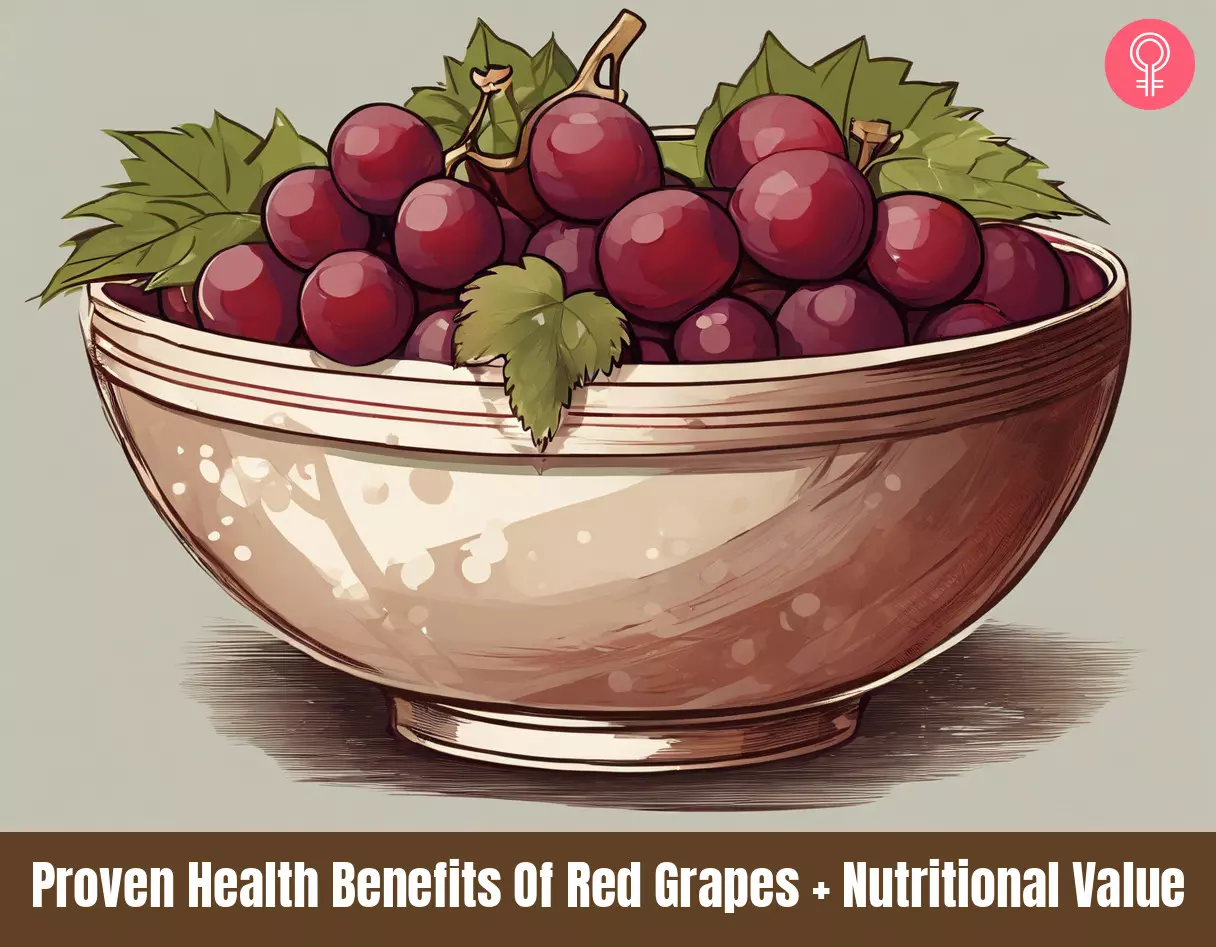
Image: Stable Diffusion/StyleCraze Design Team
Not only are red grapes yummy, they are also packed with multiple health benefits. Watch this video to learn about how they improve heart health, reduce inflammation, and even aid in weight loss. Check it out now!
References
Articles on StyleCraze are backed by verified information from peer-reviewed and academic research papers, reputed organizations, research institutions, and medical associations to ensure accuracy and relevance. Read our editorial policy to learn more.
- The Pharmacological Properties of Red Grape Polyphenol Resveratrol: Clinical Trials and Obstacles in Drug Development
https://pmc.ncbi.nlm.nih.gov/articles/PMC10610408/ - Resveratrol as a factor preventing skin aging and affecting its regeneration
https://pmc.ncbi.nlm.nih.gov/articles/PMC9326919/ - Phytochemical Profiles, Antioxidant and Antibacterial Activities of Grape (Vitis vinifera L.) Seeds and Skin from Organic and Conventional Vineyards
https://pmc.ncbi.nlm.nih.gov/articles/PMC7694017/ - Grape seed extract: having a potential health benefits
https://pmc.ncbi.nlm.nih.gov/articles/PMC7054588/ - Topical Vitamin C and the Skin: Mechanisms of Action and Clinical Applications
https://pmc.ncbi.nlm.nih.gov/articles/PMC5605218/ - Grape seed powder improves renal failure of chronic kidney disease patients
https://pmc.ncbi.nlm.nih.gov/articles/PMC5083963/ - The effect of red grape juice on Alzheimer’s disease in rats
https://pmc.ncbi.nlm.nih.gov/articles/PMC3544087/ - Resveratrol and Ophthalmic Diseases
https://pmc.ncbi.nlm.nih.gov/articles/PMC4848669/ - Recent Advances and Uses of Grape Flavonoids as Nutraceuticals
https://pmc.ncbi.nlm.nih.gov/articles/PMC3916869/ - Quercetin and Its Anti-Allergic Immune Response
https://pmc.ncbi.nlm.nih.gov/articles/PMC6273625/ - Polyphenolic compounds from red grapes acutely improve endothelial function in patients with coronary heart disease
https://pubmed.ncbi.nlm.nih.gov/16319551/ - Effects of Resveratrol on Memory Performance, Hippocampal Functional Connectivity, and Glucose Metabolism in Healthy Older Adults
https://pmc.ncbi.nlm.nih.gov/articles/PMC6608268/ - The Role of Resveratrol in Cancer Therapy
https://pmc.ncbi.nlm.nih.gov/articles/PMC5751192/ - Red Grape Polyphenol Oral Administration Improves Immune Response in Women Affected by Nickel-Mediated Allergic Contact Dermatitis
https://pubmed.ncbi.nlm.nih.gov/32167433/ - Recent Advances on the Anti-Inflammatory and Antioxidant Properties of Red Grape Polyphenols: In Vitro and In Vivo Studies
https://pmc.ncbi.nlm.nih.gov/articles/PMC7022464/ - Anti-inflammatory and anti-asthmatic effects of resveratrol, a polyphenolic stilbene, in a mouse model of allergic asthma
https://www.sciencedirect.com/science/article/abs/pii/S1567576909000046 - Resveratrol: How Much Wine Do You Have to Drink to Stay Healthy?
https://www.sciencedirect.com/science/article/pii/S2161831322007554 - The pharmacological properties of red grape polyphenol resveratrol: clinical trials and obstacles in drug development
https://www.ncbi.nlm.nih.gov/pmc/articles/PMC10610408/ - A comparison of total antioxidant capacities of concord, purple, red, and green grapes using the CUPRAC assay
https://www.ncbi.nlm.nih.gov/pmc/articles/PMC4665517/ - Grapes, green, seedless, raw
https://fdc.nal.usda.gov/fdc-app.html#/food-details/2346413/nutrients - Vitamin C and immune function
https://pubmed.ncbi.nlm.nih.gov/29099763/ - Extraction of anthocyanins from black grape by-products and improving their stability using cobalt(II) complexation
https://www.ncbi.nlm.nih.gov/pmc/articles/PMC9843720/ - Anthocyanins and human health: an in vitro investigative approach
https://www.ncbi.nlm.nih.gov/pmc/articles/PMC1082894/ - Is There Such a Thing as “Anti-Nutrients”? A Narrative Review of Perceived Problematic Plant Compounds
https://www.ncbi.nlm.nih.gov/pmc/articles/PMC7600777/ - Gastrointestinal Disturbances Associated with the Consumption of Sugar Alcohols with Special Consideration of Xylitol: Scientific Review and Instructions for Dentists and Other Health-Care Professionals
https://www.researchgate.net/publication/309324855_Gastrointestinal_Disturbances_Associated_with_the_Consumption_of_Sugar_Alcohols_with_Special_Consideration_of_Xylitol_Scientific_Review_and_Instructions_for_Dentists_and_Other_Health-Care_Professional - Fruit juice malabsorption: not only fructose
https://pubmed.ncbi.nlm.nih.gov/8580619/ - Severe immediate allergic reactions to grapes: part of a lipid transfer protein-associated clinical syndrome
https://pubmed.ncbi.nlm.nih.gov/17228170/ - Cyanogenic glucosides in grapevine: polymorphism identification and developmental patterns
https://pubmed.ncbi.nlm.nih.gov/15652573/ - Grapes red seedless raw
https://fdc.nal.usda.gov/fdc-app.html#/food-details/2263890/nutrients - Apples red delicious with skin raw
https://fdc.nal.usda.gov/fdc-app.html#/food-details/1750339/nutrients
Read full bio of Dr. Pallavi Srivastava
- Mary Sabat, MS, RDN, LD, is a registered dietitian and a certified in personal training by the American Council of Exercise. She has 30 years of experience in nutrition education, wellness coaching, fitness training, holistic health, and weight loss coaching. She obtained her bachelor's degree in Dietetics and Nutrition from the University of Delaware and master’s degree in Human Nutrition with an emphasis on Exercise Science from Rutgers University.
 Mary Sabat, MS, RDN, LD, is a registered dietitian and a certified in personal training by the American Council of Exercise. She has 30 years of experience in nutrition education, wellness coaching, fitness training, holistic health, and weight loss coaching. She obtained her bachelor's degree in Dietetics and Nutrition from the University of Delaware and master’s degree in Human Nutrition with an emphasis on Exercise Science from Rutgers University.
Mary Sabat, MS, RDN, LD, is a registered dietitian and a certified in personal training by the American Council of Exercise. She has 30 years of experience in nutrition education, wellness coaching, fitness training, holistic health, and weight loss coaching. She obtained her bachelor's degree in Dietetics and Nutrition from the University of Delaware and master’s degree in Human Nutrition with an emphasis on Exercise Science from Rutgers University.
Read full bio of Tanya Choudhary
Read full bio of Ravi Teja Tadimalla
Read full bio of Moksha Gandhi







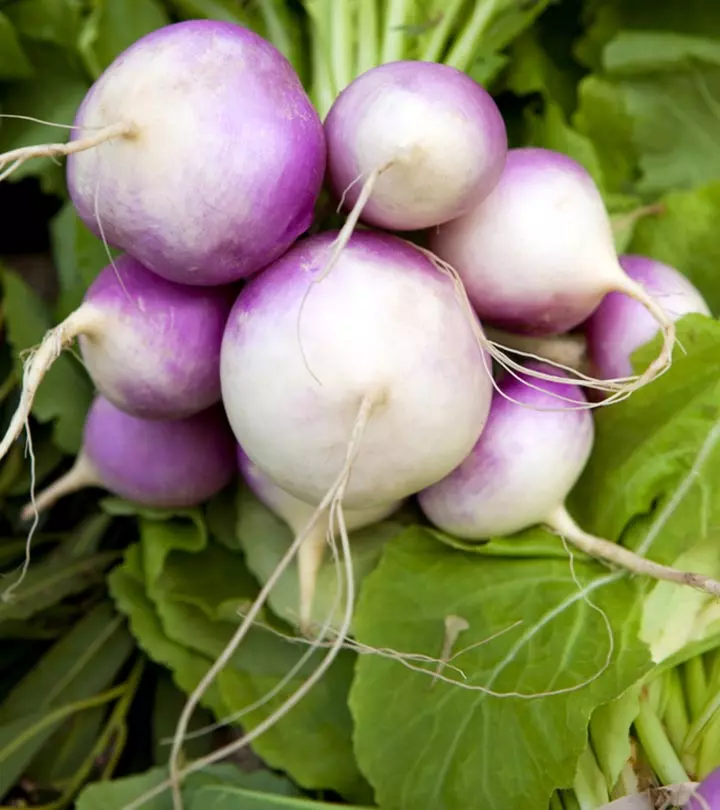

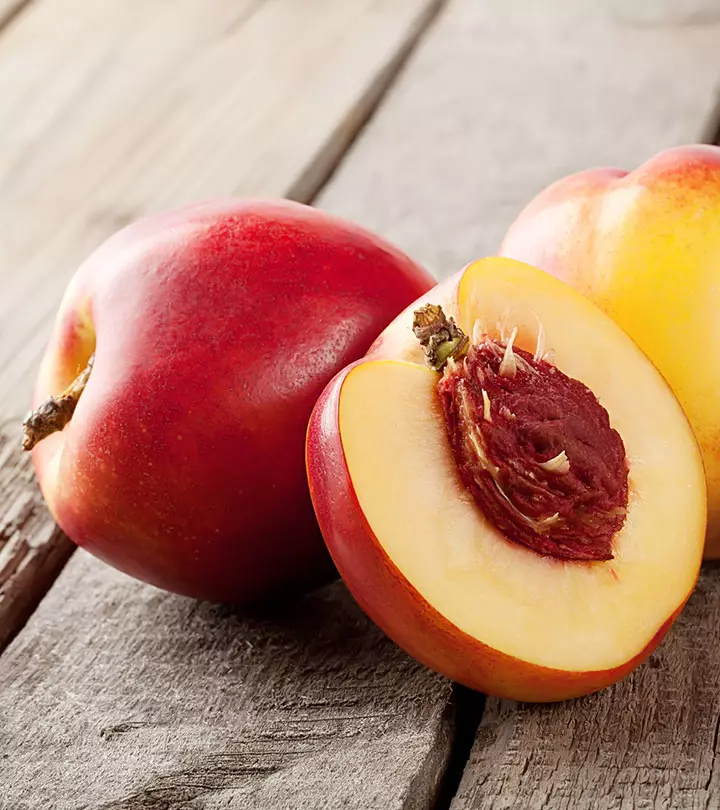
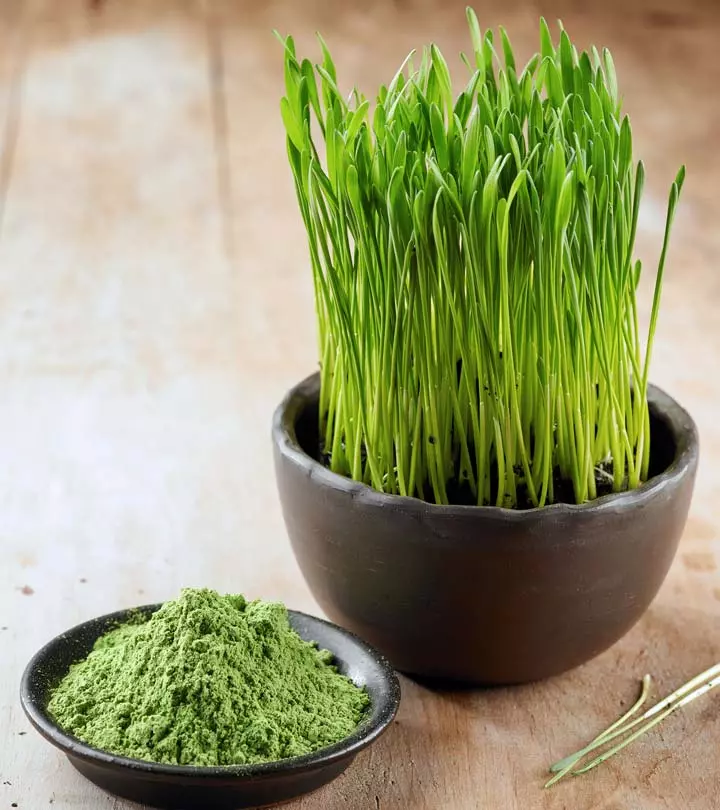


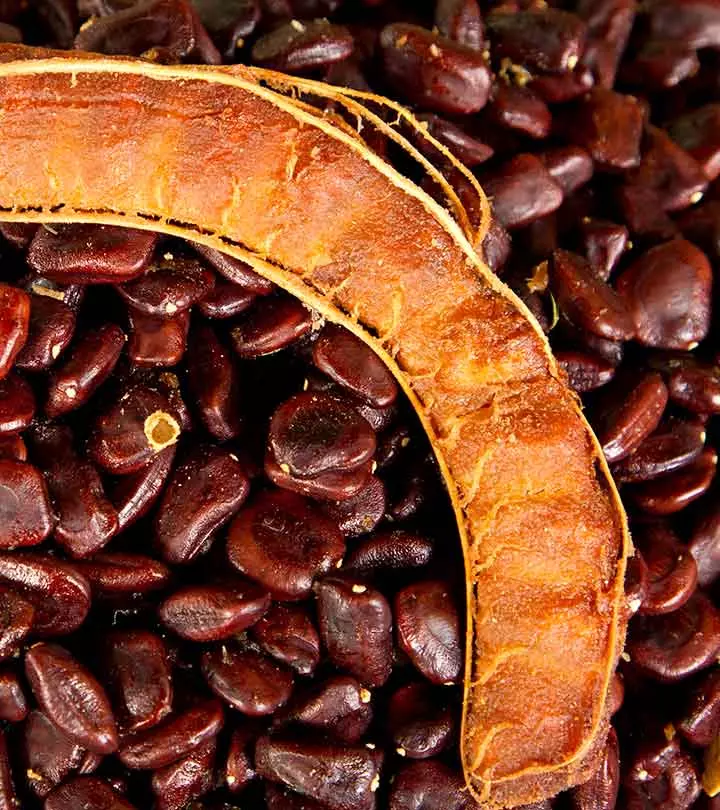
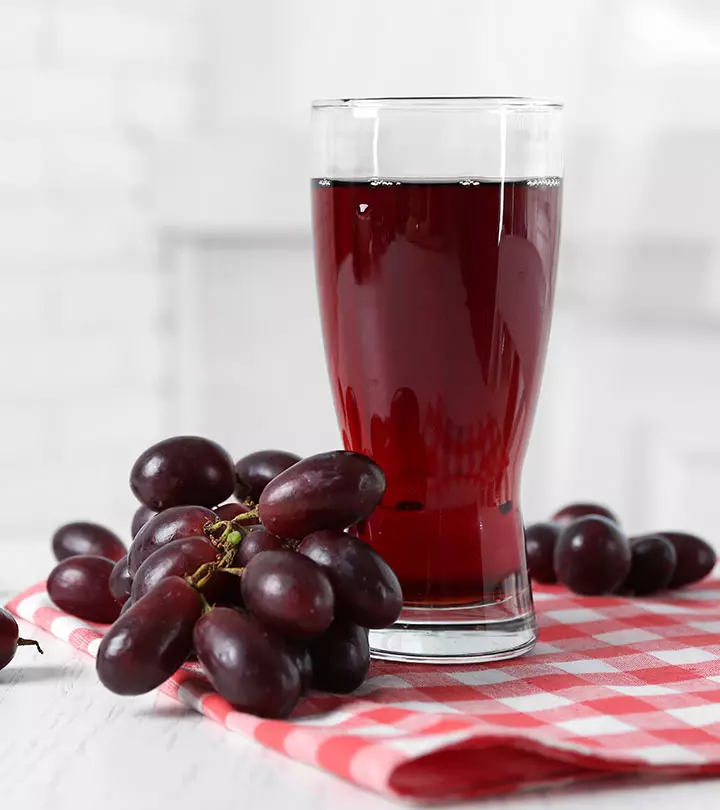
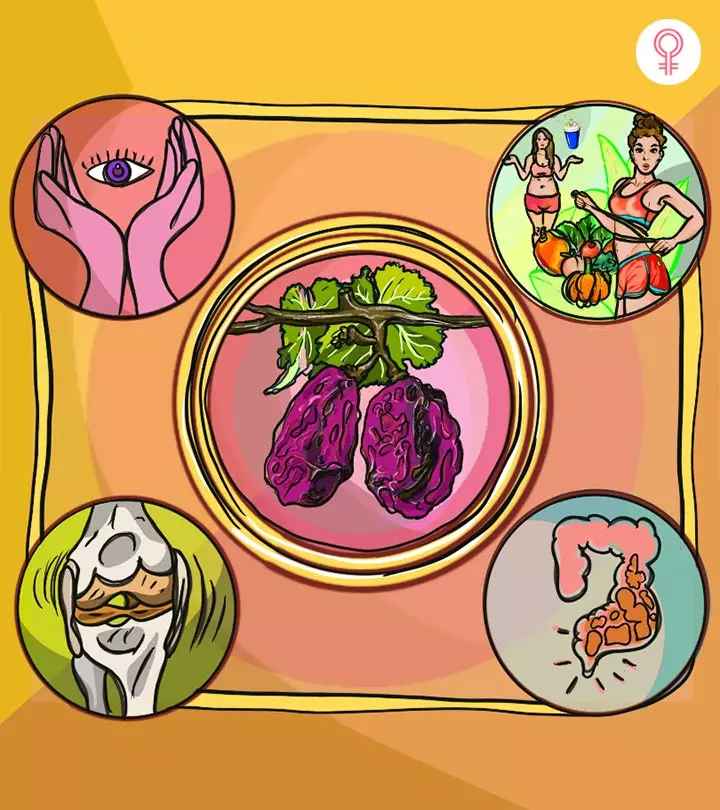
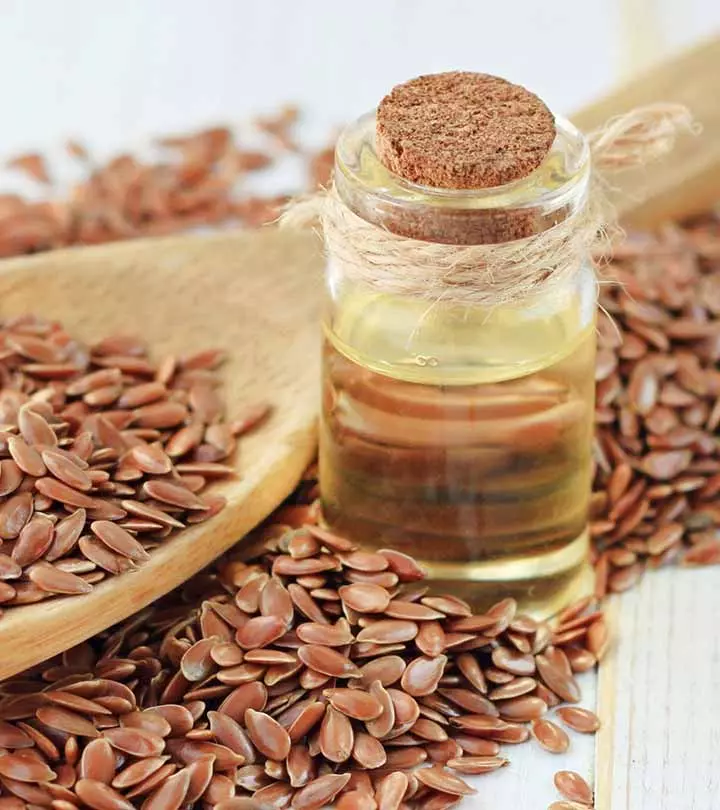
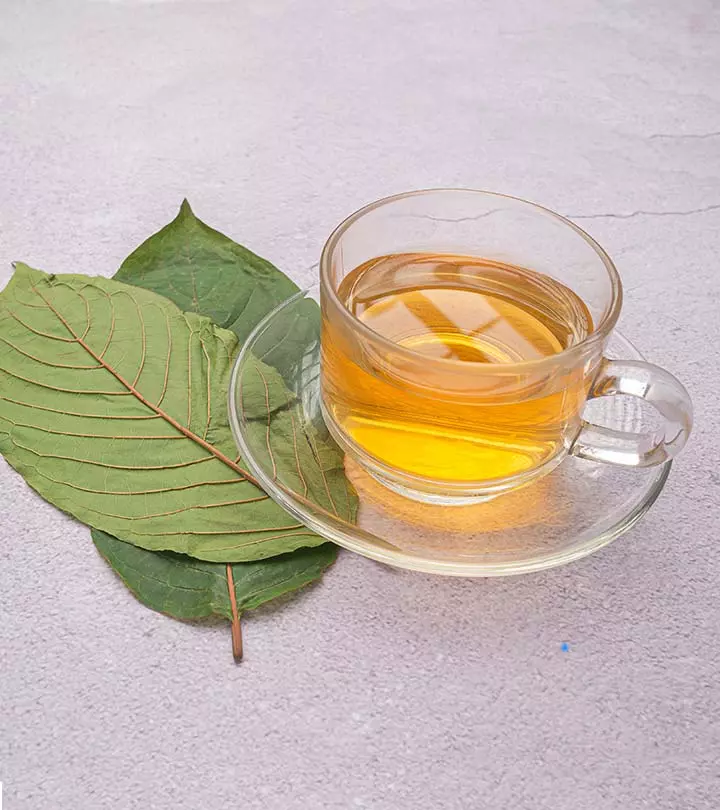


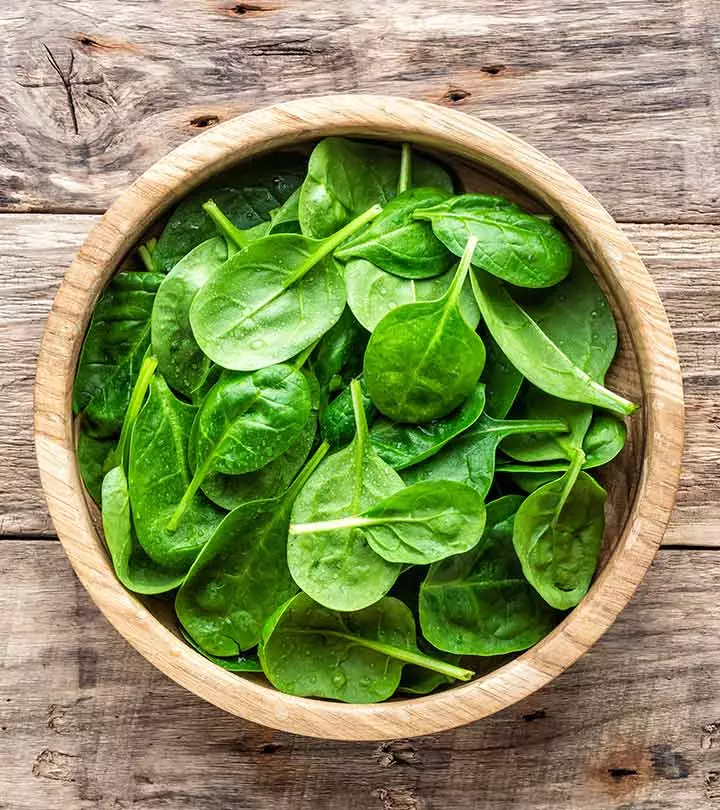

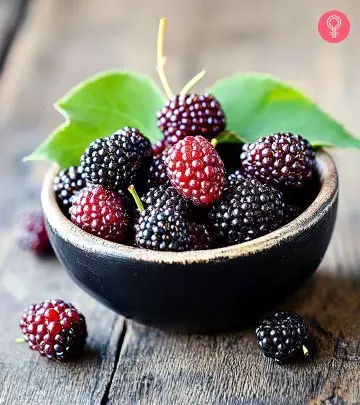
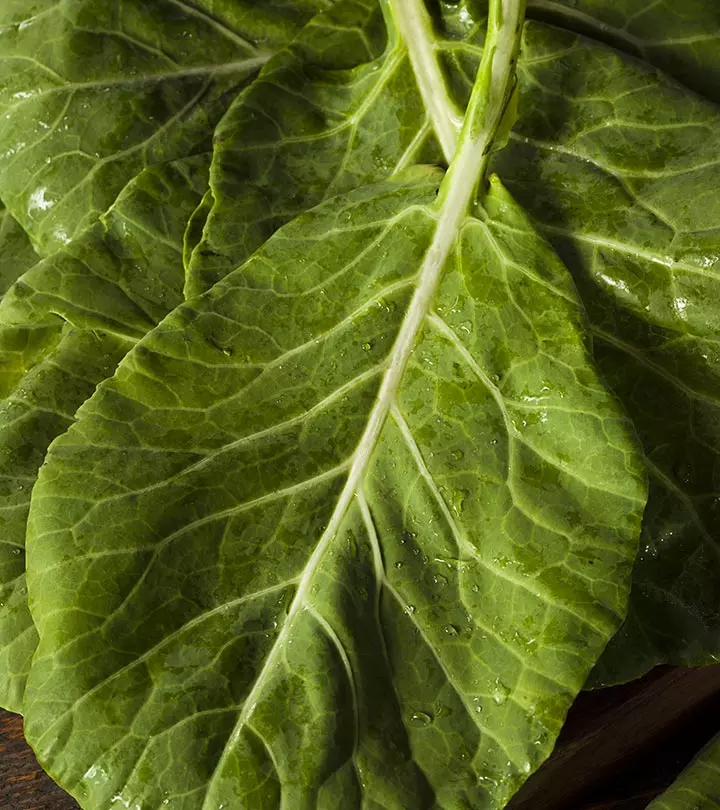

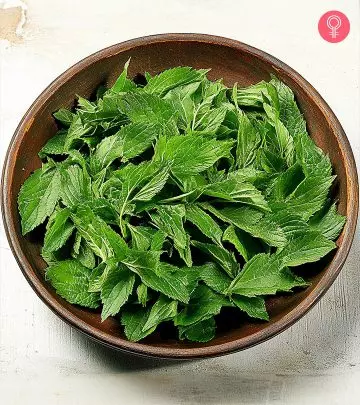

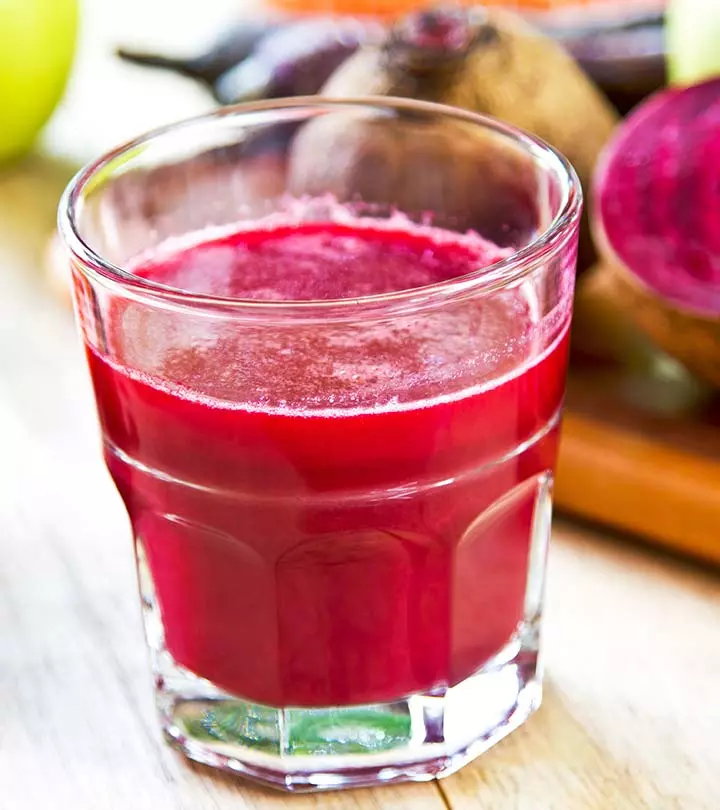
Community Experiences
Join the conversation and become a part of our empowering community! Share your stories, experiences, and insights to connect with other beauty, lifestyle, and health enthusiasts.